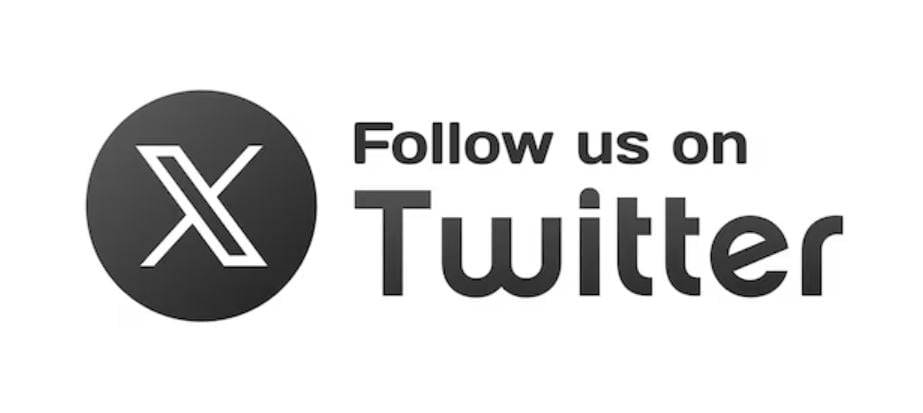Derivatives are the financial product whose value is derived from the real asset. The value of the derivative would replicate the value of the real asset. Trading in Derivatives, popularly known as Future and Options (F&O), is quite popular among investors who invest in the stock market. Even if Investors are comfortable dealing in derivatives but they always find it complicated to decrypt its tax treatment.

Nature of Derivative Income
The gains or losses arising from trading in F&O are always taxable under the head ‘Profits and Gains from Business or Profession’. The Income-tax Act classifies the business income into ‘speculative’ and ‘non-speculative’. Though Income arising from speculative transactions are taxable under the head PGBP, yet they are treated differently and rigorously from non-speculative business income.

A transaction is deemed as speculative if it is periodically or ultimately settled otherwise than through actual delivery or transfer. In case of derivatives, the transaction are ultimately settled without deliver of underlying asset. However, Section 43(5) has specifically excluded the derivative transaction from the meaning of speculative transaction as these instruments are used for hedging of underlying assets. Thus, income or loss from dealing in F&O shall be deemed as normal business income (non-speculative business) even though delivery is not effected in such transactions.
The income from F&O trading can be offered to tax under the normal scheme of taxation or the presumptive scheme of taxation under Section 44AD. Under the presumptive scheme, the investor can choose to declare the profits at the rate of 6% of turnover as the payment is always received through banking channels.
The presumptive income computed as per the prescribed rate is the final income and no further expenses will be allowed or disallowed.
Also, the person opting for this scheme is not required to maintain the books of accounts prescribed under section 44AA and can pay 100% of the advance tax in a single installment up to 15th March.
Set-off and Carry Forward of Losses

The losses from the trading of F&O is treated as a normal business loss. It can be set-off against the income from the other heads. However, the business loss cannot be set-off against the income from salary.
The unabsorbed loss can be carried forward up to 8 Assessment years. It can be set-off only against the business income in the subsequent years. It is important to note that the assessee is entitled to carry forward the business loss provided the return of income is filed on or before the due date. If such return is not filed within the prescribed due date, the right of carry forward and set-off is lost.
Hence two Very Important Tax Planning Strategy shall be :-
- Use the setoff and carry forward of derivative losses against other business income under same PAN or other source income like commission income, interest income etc or even house property income or even capital gains.
For Derivative Profits :- Ensure the conditions of 6% under 44AD are met if you want to use scheme benefit.














